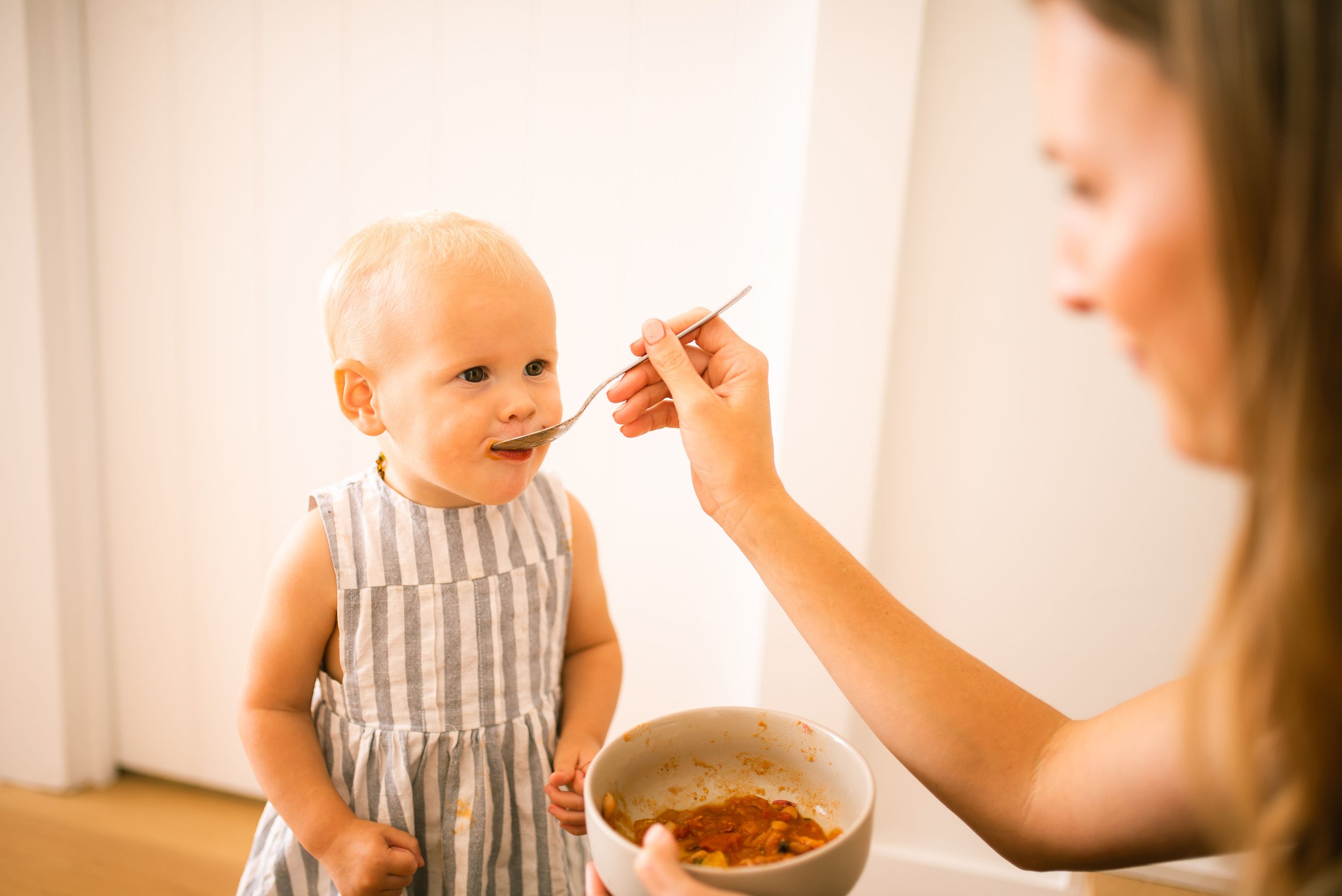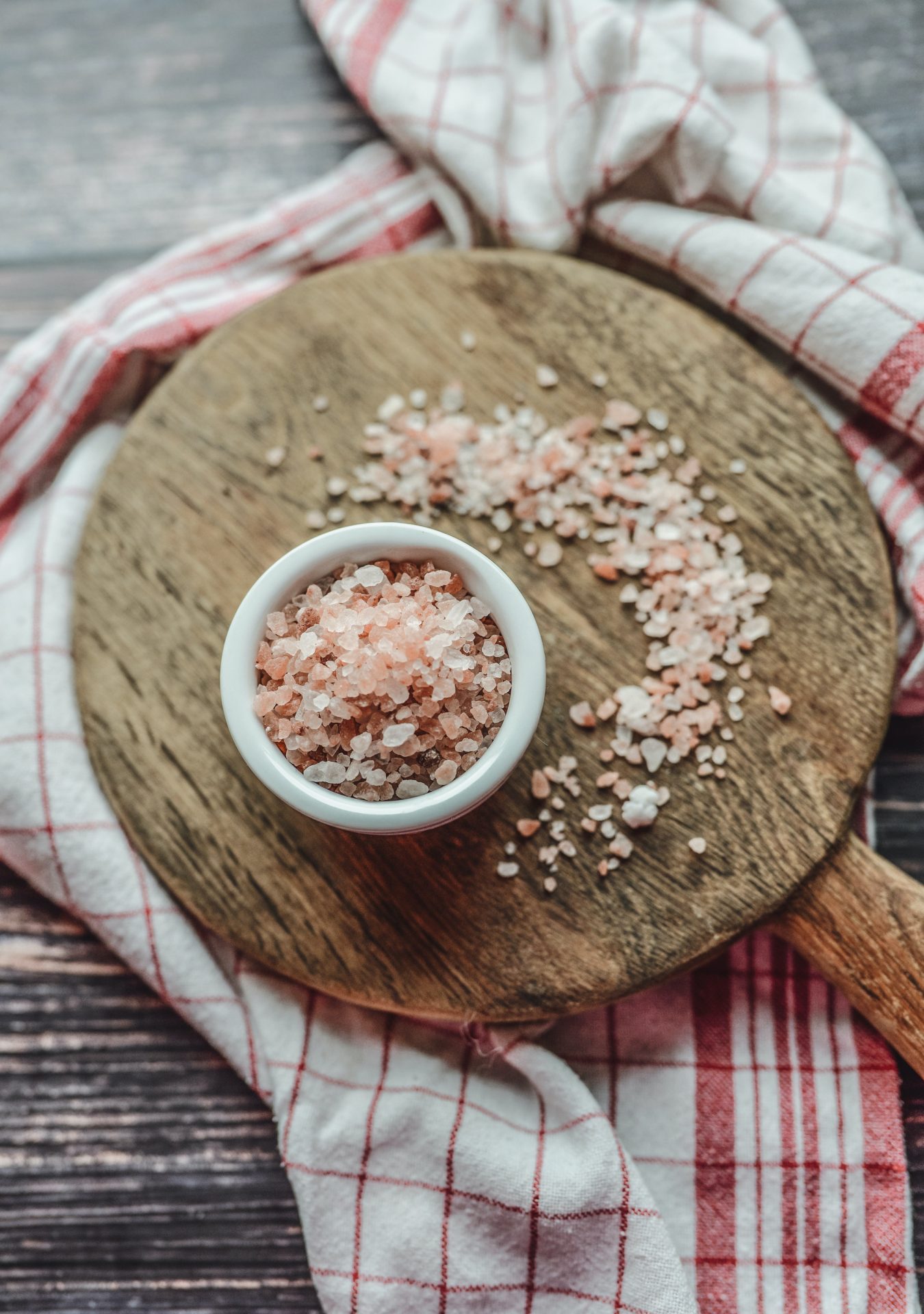Top Points Breakdown (For the Busy Parent!)
- When to start? Around 6 months when starting solids (read more about water requirements here)
- What’s the best cup? Open cups and straw cups are our recommendation at Boob to Food and may support oral development.
- Are sippy cups bad? They aren’t our favourite, but occasional use won’t harm your child. Read more below for an in depth look at the sippy cup.
- Why not 360 cups? They may encourage an unnatural sucking pattern that doesn’t carry over to regular drinking skills, but like the sippy cup, occasional use won’t harm your child.
- What about valved straws? They make sucking harder but can be modified for easier drinking.
- Best way to introduce a cup? Model the behaviour, offer regularly, and expect spills!
- Need cup recommendations? Check out our Equipment Guide for our top picks.
The Big Debate: What Cup Should My Baby Use?
There’s a lot of conflicting advice when it comes to introducing cups. If you’ve ever gone down an internet rabbit hole, you might have read warnings like:
- “NEVER use a sippy cup!”
- “Sippy cups delay speech!”
- “Straw cups only!”
- “360 cups are the worst!”
With so many strong opinions on sippy cups, you’d think there would be lots of research to back them up. But the truth is, there’s very no evidence to suggest that one type of cup is significantly better than another. That said, there are some practical and anecdotal considerations that can help guide your decision—so let’s break it down and talk about what really matters when choosing a cup for your baby.
Open Cups vs. Straw Cups vs. Sippy Cups
Again, we need to preface this with the absence of any research or evidence that clearly links one cup to modified outcomes in speech and feeding. The options below are based on clinical and experiential observations of our paediatric feeding speech pathologist and occupational therapist, whilst still reflecting and considering all the literature that we have available!
Babies start out using a suckle pattern—their tongue moves in and out as they latch and drink from breast or bottle. As they grow, they develop a mature swallow pattern, where the tongue tip lifts to the roof of the mouth to move liquids back for swallowing.
- Open cups and straw cups encourage this mature swallowing pattern, making them ideal choices for long-term drinking habits.
- Sippy cups, with their rigid spouts, keep the tongue in a forward position, meaning babies continue using a suckle pattern rather than transitioning to a mature swallow.
Most little ones can learn different drinking skills at the same time. This means that using a sippy cup won’t stop them from also learning how to drink from an open or straw cup. Just like babies can learn to crawl and pull to stand at the same time, they can develop multiple drinking patterns without one replacing the other.
But let’s be real—cup and straw drinking are lifelong skills. It’s how most of us stay hydrated every day, so it makes sense to introduce these skills early and give our little ones plenty of practice. The sooner they’re exposed to these vessels, the more confident and capable they’ll become.
Open Cups: Our choice of vessel
Babies can start practicing with an open cup at around 6 months, when they begin solids. Drinking from an open cup may support:
✔️ Oral motor development
✔️ Jaw strength and coordination
✔️ Independence and self-regulation
How to introduce: Start with tiny cups (shot glasses or medicine cups work well). Fill with a sip of water or milk and let your baby explore.
Troubleshooting Cup Drinking Challenges
If your baby struggles with open cup drinking:
✔️ Try small cups (medicine cups or mini silicone cups).
✔️ Use a flexi cup (specifically designed to allow greater tilt of the cup without modifying your little one’s neck position – and risk of aspiration).
✔️ Use thicker liquids (like a smoothie or kefir) to slow the flow.
✔️ Support their jaw stability by holding under their chin.
Straw Cups: Another Great Option
Straw cups are wonderful for helping move baby from suckling to sucking patterns and can be introduced from 8-9 months (or earlier if your baby is ready). Straw drinking may help to strengthen lip, tongue, and cheek muscles, which are important for feeding and speech development.
Tip: If your little one struggles with straw drinking, try a honey bear straw cup—these allow you to gently squeeze liquid up the straw to help them learn. This allows them to experience getting fluid from the cup more efficiently, whilst they’re still learning to coordinate their sucking pattern and build endurance for straw drinking.
Bonus Tip: You might also try to Pipette method. This is where you take a small amount of water into a silicon straw, holding your thumb over the top to retain the liquid. Place the end of the straw in your little one’s mouth, at a (roughly) 45 degree angle, and slowly remove your thumb, allowing the water to flow into their mouth. Over time you’ll notice that your little one gets more lip rounding outside the straw, improving their seal, and allowing them (in time) to suck the water themselves.
Need to start even slower?
Dip silicone straws into purees and let your child remove the puree themselves. This encourages lip rounding (to form a seal around the straw) and, as a bonus, promotes oral exploration. The straw is often chewed on instinctively, which can help develop tongue lateralisation (side-to-side movement) and encourage chewing as they naturally bite down on it with their side teeth.
Hot tip:
✔️ Try a shorter, skinnier straw for easier sucking.
Sippy Cups: The Middle Ground
Sippy cups aren’t the devil they are made out to be, but they aren’t all that necessary either. They encourage a different tongue movement than what’s needed for open or straw cups, which means they don’t help develop lifelong drinking skills.
If we think practically and functionally, beyond infancy we seldom use a sippy style cup (the closest we get is our morning latte from the local cafe). We are in the business of building lifelong and adaptive skills that will see our children through confident and safe exploration of food and drinks for their entire lives.
That said, if a sippy cup works for your family (hello, no spills), use it without guilt. Just try to balance it with straw and open cups whenever possible. Utilising this incredibly potent time for skill development, where your little one has all the reflexes and neuroadaptive capacity for optimal learning, exploring open and straw drinking is our first recommendation.
FAQ: Answering Your Most Common Cup Questions
What age should my baby start drinking from an open cup?
Around 6 months is a great time to start practicing. At this stage, drinking is for skill-building—not to replace breast or bottle feeds.
If your child is older and hasn’t started yet, don’t stress! Just start offering an open cup with a small amount of liquid regularly. Babies between 6-12 months tend to pick up new skills quickly. Older toddlers may take longer, but with patience and practice, they’ll get there.
Are sippy cups really that bad?
Not really, but they aren’t ideal either. Sippy cups may not always support the natural swallowing pattern needed for speech and feeding. That’s why many feeding therapists recommend going straight to open and straw cups instead of adding an extra (unnecessary) step.
Prolonged use of any cup with a spout (sippy cups, bottles, or pacifiers) could contribute to dental issues like misalignment, particularly if used all day long. Also, frequent sipping of sugary drinks or milk from a sippy cup (without brushing) can increase the risk of cavities.
That said, if your child is already using a sippy cup, there’s no need to panic. Simply start offering open and straw cups more often so they build the right skills. Don’t bin the sippy. Just consider adding in exposures to other cups and drinking methods.
Are valved straw cups bad?
Not necessarily. But valved straws require babies to suck harder or promote an abnormal drinking pattern (having to bite and suck to allow the flow of fluids), which isn’t how they naturally drink. If your child only drinks from a valved straw, they might struggle when transitioning to a regular straw.
Best approach? Use both. Switch between valved and non valved straws to help your child learn both skills.
Quick hack: If you have a b-box cup, snip off the valve inside the straw to make it easier for your little one to drink. This can be done by cutting across the straw, below the level of the valve.
Why don’t you recommend 360 cups?
Again, 360-style cups aren’t terrible, but they don’t teach the correct tongue and swallowing movements needed for open cup drinking.
Since they only work for a short time, many feeding therapists might suggest skipping them in favour of cups that will actually help with long-term drinking skills.
Troubleshooting Cup Drinking Challenges
If your baby struggles with open cup drinking:
✔️ Try small cups (medicine cups or mini silicone cups).
✔️ Use a flexi cup (specifically designed to allow greater tilt of the cup without modifying your little one’s neck position – and risk of aspiration).
✔️ Use thicker liquids (like a smoothie) to slow the flow.
✔️ Support their jaw stability by holding under their chin.
If your baby struggles with straw drinking:
✔️ Use a honey bear straw cup to help them learn.
✔️ Use the Pipette Method
✔️ Dip the straw in puree and place it near their lips.
✔️ Try a shorter, skinnier straw for easier sucking.
Final Thoughts: What’s the Best Cup for Your Child?
There’s no one perfect cup—every family is different. But for optimising lifelong drinking skills, we recommend focusing on open and straw cups as early as possible.
✔️ Best for optimising lifelong skill development: Open cups & straw cups
✔️ Okay in moderation: Sippy cups & 360 cups
✔️ Best approach: Balance. Use open and straw cups most of the time and a sippy cup when needed.
A very important note: This post, and the research that it refers to, is based on the speech and feeding outcomes for typically developing children. Those infants or children with developmental delay or disorders will very likely require personalised and tailored assessment and recommendations that reflect their individual needs. We recommend working with your therapy team to ensure that all feeding equipment suggestions are appropriate and optimal for your child and your family.
Need help choosing a cup? Download our Equipment Guide for our top recommendations
Want to Learn More?
Listen to our podcast – We cover all things cups, speech, and feeding with our speech pathologist Emily Tyler.
Written & Reviewed By
- Emily Tyler – Paediatric Speech Pathologist
- Rachael Smith – Paediatric Occupational Therapist
- Kate Holm – Nutritionist, Naturopath, Clinical Director
- Luka McCabe – Boob to Food Founder, Nutrition Consultant




+ show comments
- Hide Comments
add a comment